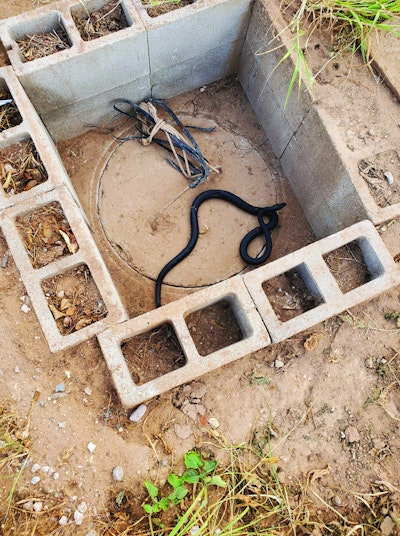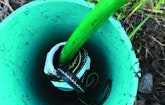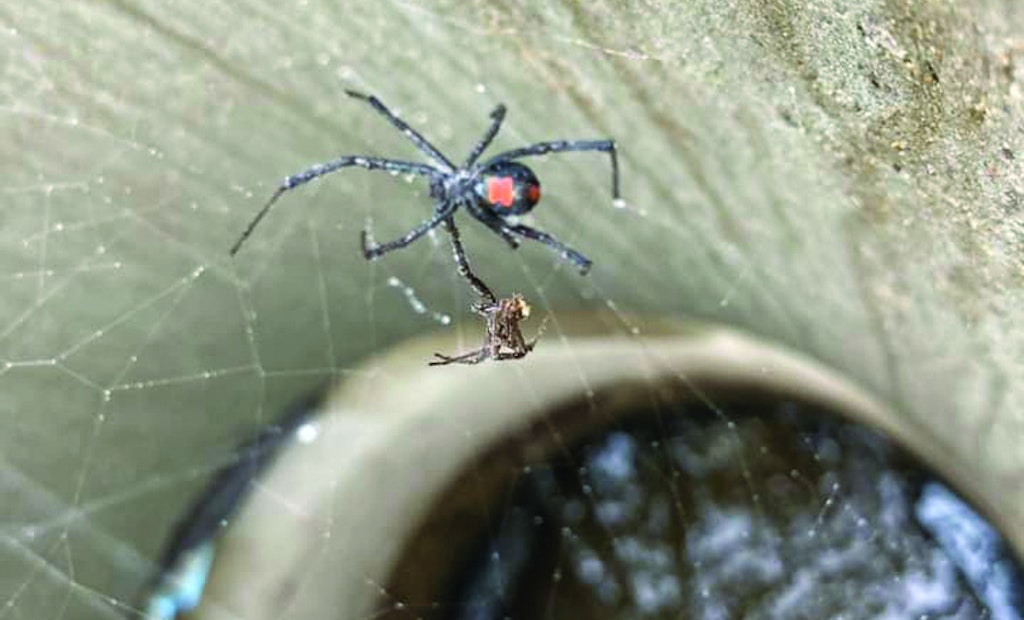The most common animal we typically run into during service visits is likely a domesticated dog or cat, but this article focuses on some of the natural insects and snakes that we may come across during a service visit. While many of these encounters are harmless, others could...
Be Prepared For Biting and Stinging Creatures in the Field
Spiders and snakes are among common threats septic technicians face when they open a system for pumping or other maintenance
Popular Stories
Discussion
Comments on this site are submitted by users and are not endorsed by nor do they reflect the views or opinions of COLE Publishing, Inc. Comments are moderated before being posted.










